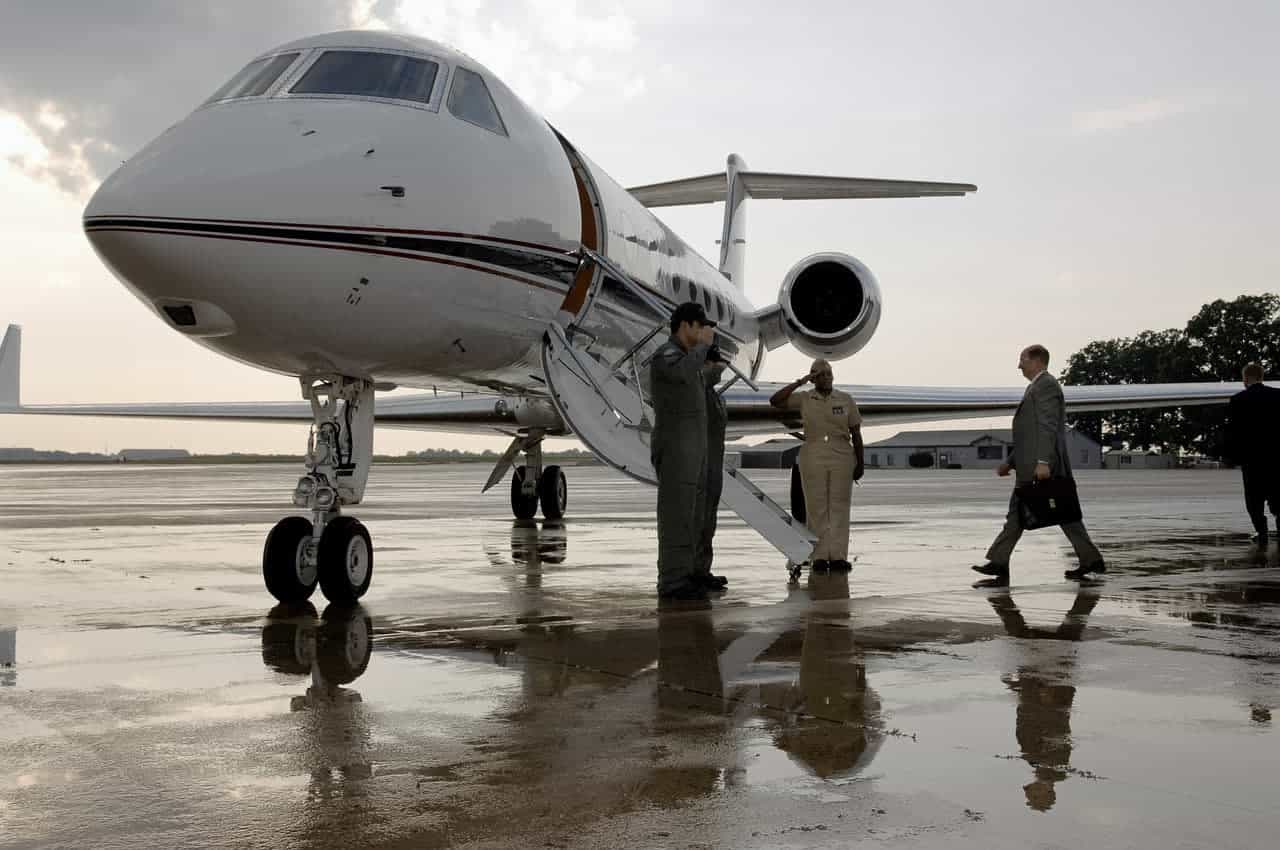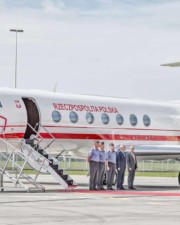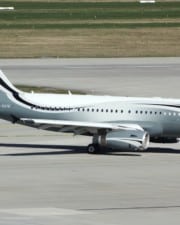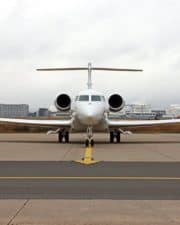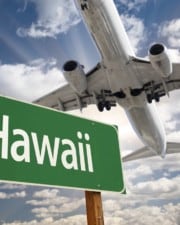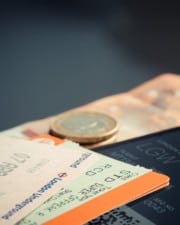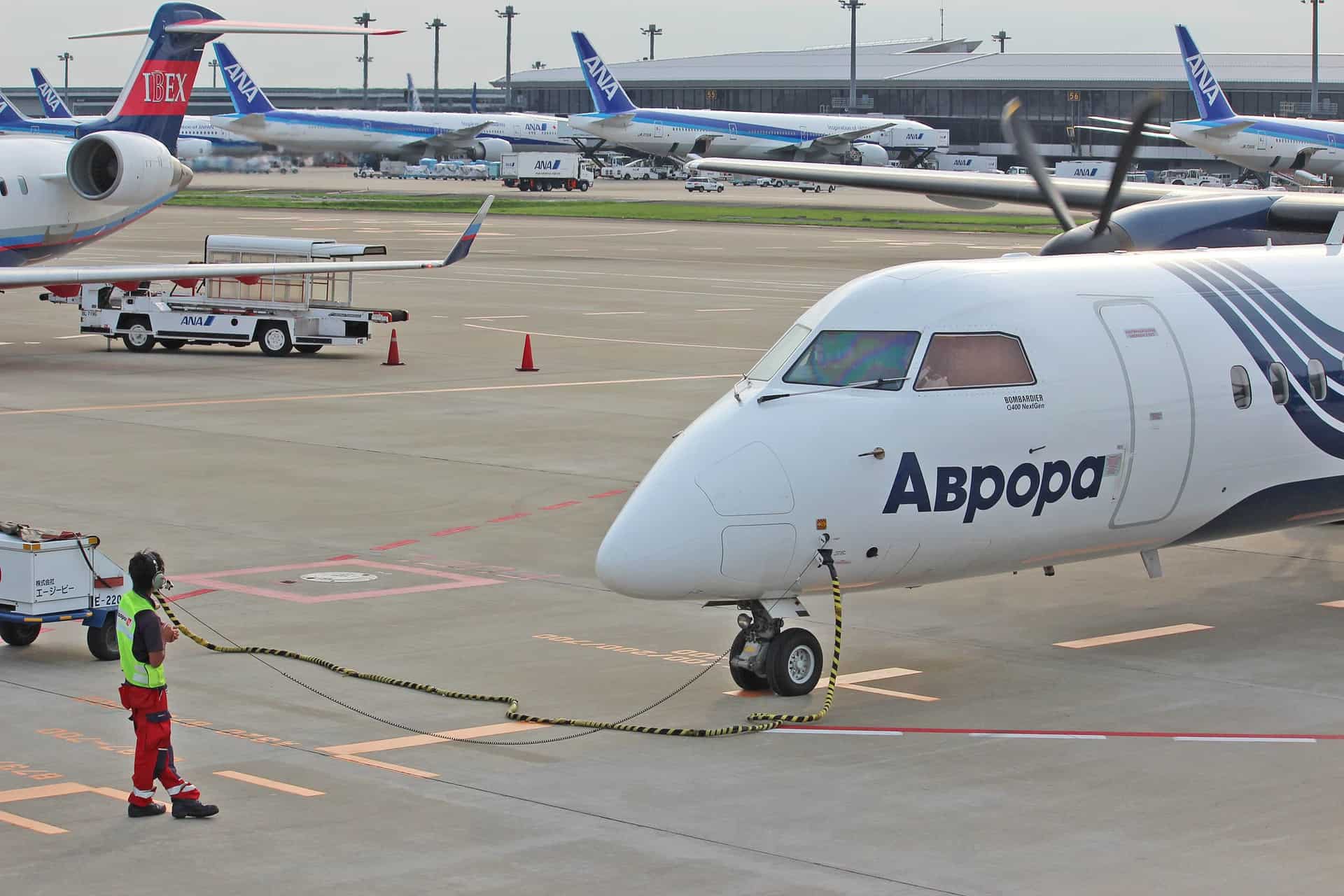When it comes to flying in style, the debate between flying on a private jet or first class is one of the most hotly debated. Both are undoubtedly the best ways to travel, but which is truly better?
Private jets and first class are used by a wide range of people, from business leaders to government officials to wealthy vacationers as both offer amenities and extra benefits that neither business nor economy class can, at a price that often makes it more convenient than non-air travel methods, eg. train or car.
Private jets offer greater privacy, customization and can potentially be cheaper when productivity gains are considered. Flying first class, however, is often cheaper financially, has a considerably lower carbon footprint and allows for some degree of socialization without compromising privacy.
Table of Contents
What is a Private Jet?
A private jet, known in the aviation industry as a business jet, is an aircraft whose primary mission is to transport VIP passengers, such as business executives, celebrities and government officials (among others).

The concept of private aircraft emerged in the 1930s, when executives in extraction-based industries (mining, oil etc.) needed to get to remote areas that airlines didn’t fly to.
These early aircraft were mostly piston-powered, but jet-powered private aircraft began to emerge in the 1960s, starting with the now-famous Learjet 23, where they exploded in popularity worldwide.
Like other types of aircraft, private jets come in several different sizes, from the smallest very light jets, which are capable of carrying 4-7 passengers over a range of about 1,000 nmi, to the largest bizliners (VIP airliners), which are capable of carrying as many as 30-40 passengers over a range of 6,000 nmi.
Private jets typically feature a variety of amenities not found on traditional airliners, including showers, personalized meals, dedicated bedrooms, conference rooms and interiors customized at the factory to the operator’s specifications.
What is First Class?
In the typical three-class configuration used by most legacy carriers, first class is the most luxurious and expensive seating class available, usually numbering between 6 and 14 seats depending on the aircraft type.

First class as we know it today emerged in 1955, when Trans World Airways (TWA) separated the cabins on their Lockheed Super Constellations. They created a better (and more expensive) service known as first class (as opposed to their cheaper class which eventually became known as “coach” or “economy” class).
This first class differed from the cheaper coach class in terms of the quality and level of service; seats were positioned towards the rear of the aircraft (as they were furthest from the piston engines, and thus the quietest seats on the aircraft), food menus were expanded, and more flight attendants were provided to attend to passengers’ every need.
As time progressed, further amenities were added, such as in flight entertainment systems (before these eventually filtered down to economy class too), even comfier seats, and even personal “suites” on some airlines.
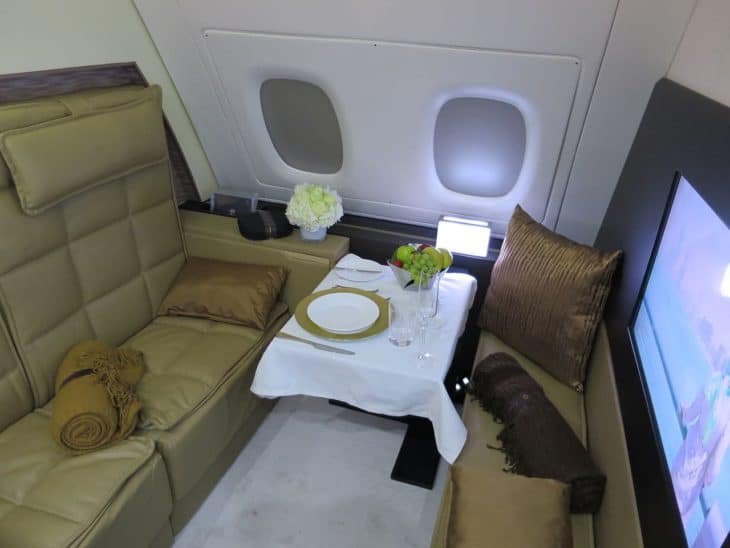
With the introduction of jets, first class moved to the very front of the aircraft, and even the entire upper deck on the 747, again due to reduced cabin noise.
Fast forward to today, first class remains the most expensive class most airlines offer, offering considerably more perks than what you’d find in business and economy class.
First class lounges are available at nearly all major airports for first class passengers to relax in before their flight, and new innovations in comfort are being rolled out every year for first class passengers to enjoy, from in-flight showers, to improved gourmet meals, to an increasingly diverse selection of alcohol at the fully stocked onboard bar.
How Are Private Jets and First Class Similar?
Private jets and first class are similar primarily in that they are both the height of luxury when it comes to traveling by air.
Both serve gourmet meals, often prepared by world-class chefs, have seats that feel as though you’re sitting on a cloud (even as you fly above them), and offer the best possible environment to relax, work or sleep while you travel.
They are also similar in terms of the level of personalized service you receive:
First class passengers have a much higher passenger to flight attendant ratio than any other class on the aircraft, who can tend to their every need, whilst private jets are often arranged for by brokers, who similarly do the same, including meeting their client in-person before the flight and even arranging for a flight attendant to be present during the flight.
Similarly, passengers on both private jets and first class are given priority treatment.
For first class passengers, this comes in the form of first class lounges and the right to board and disembark from the aircraft first, whilst private jet passengers are given priority treatment when they arrive at the airport (complimentary drinks at the bar, faster security, private waiting rooms in the terminal etc.)
They are also very privacy-focused. First class passengers can wait until their flight starts boarding in the first class lounge, away from the other passengers in the airport, minimizing their chances of being recognized if they are famous.
First class is also separated from business and/or economy class by curtains and the seemingly eagle-eyed watch of flight attendants, meaning that only people who’ve paid for first class tickets will be in the first class part of the aircraft.
This is similar to private jets, where those people the passengers interact with are limited to the crew and the fellow members of their party, whilst ownership, registration and flight plans can be hidden (or more accurately, obscured), enhancing the passengers’ privacy.
How Are Private Jets and First Class Different?
The most fundamental difference between private jets and first class is what you buy; on a private jet, you buy (or rent) the entire aircraft for you and your fellow passengers, whilst in first class, you only buy a seat.
Because of this, the costs for both vary considerably. A first class ticket can cost anywhere from $250 for a short-haul, one-way trip to as much as $30,000 for a round-the-world trip, whilst similar trips on private jets can cost anywhere from $10,000 to as much as $200,000!
However, due to the notion of buying an entire aircraft vs a single seat, private jets offer greater choice, in terms of your arrival and departure times and the airports you fly to.
The other main difference between flying first class and on private jets is aircraft choice.
Flying first class, you only have a few aircraft to choose from on any given route (usually one Boeing, one Airbus, and potentially one from another manufacturer). Flying on a private jet, however, could potentially have a choice of five or even 10 aircraft, depending on the range of your flight and the size of your party!
What’s Better About Private Jets?
From the introduction of the first business aircraft, privacy has been their main selling point.
Only yourself and the people you want to accompany you can fly on your aircraft. Any screaming babies will be yours, and the only people you’ll have to interact with at the airport are the security guards right before you board your aircraft.
Flying private also offers a level of anonymity that flying commercial, including in first class, does not. Ownership of private jets can be anonymous (through trusts and/or shell companies), making it perfect for those looking to avoid the paparazzi.
With the entire aircraft to yourself and your party, almost everything about it can be customized:
- The aircraft type you fly on is chosen by you
- The meals that are served to you are chosen by you (taking allergies, intolerances and food preferences into account)
- The way the aircraft is laid out is chosen by you
- Who sits where is chosen by you (there are no seating plans!)
- What you do on the aircraft (business meetings, work, relaxation etc.)
Whilst private jets are definitely the most expensive way to fly, if you are flying with a relatively large party (10 or more people) on a route that is less commonly flown by commercial airlines, flying on a private jet can often be cheaper than buying first class seats for all passengers.
But perhaps the biggest selling point of private jets is how they are cheaper from a time perspective.
Private jet passengers are not legally required to be at the airport hours before their flight takes off; they can literally turn up to the airport, go through security and immediately board their aircraft, saving four to six hours in total for a single journey.
Furthermore, private jets can fly to more airports – roughly 6000 to commercial jets’ 500 – meaning they can get their passengers closer to their end destination, reducing commute times by potentially hours.
For a company, having an executive (or group of executives) sit idle at the airport for hours on end and then commuting to their end destination, reduces their productivity considerably, potentially costing the company millions in lost revenue.
This means that paying (potentially) more to transport via a private jet can actually end up benefiting the company considerably more than what it would’ve saved them, had their executive(s) traveled first class.
What’s Better About First Class?
Recent years have seen huge criticism levied at those who fly on private jets, chiefly because of their high carbon footprint.
For a similar level of luxury, however, flying first class offers a vastly reduced carbon footprint; by as much as 100 times in some cases!
Whilst private jets can be cheaper in some circumstances, in the vast majority of cases, first class is considerably cheaper than flying private.
A first class ticket that costs $1,000 can easily cost tens of thousands of dollars if the same flight were done on a private jet, making it a perfect choice for those looking to travel in style without breaking the bank too much.
Similarly, flying first class offers people the opportunity to socialize and meet new people; the person sitting next to you could literally be anyone – a famous athlete, business executive, aristocrat etc. – each with an interesting life story or piece of information to share with you.
From a safety perspective, first class could also be seen as better.
Although private jets suffer crashes at virtually the same rate (eg. very low) as their commercial counterparts, the regulations surrounding commercial flights are much stricter and more harshly enforced than those for private jet flights, meaning you can rest more soundly while sitting in a first class seat).
Conclusion
Whilst traveling by both first class and private jet are undoubtedly the most fabulous ways to travel by air, private jets are most assuredly the more luxurious of the two.
This, combined with the added flexibility, privacy and above all else, time efficiency, makes flying by private jet the more popular of the two options for the world’s rich and famous.
That being said, if you’re flying on a high traffic route, such as London-New York or Hong Kong-Shanghai, and you are looking for a (potentially) slightly cheaper option – both financially and for our planet – flying first class may indeed be better for your specific needs.
Related Posts



